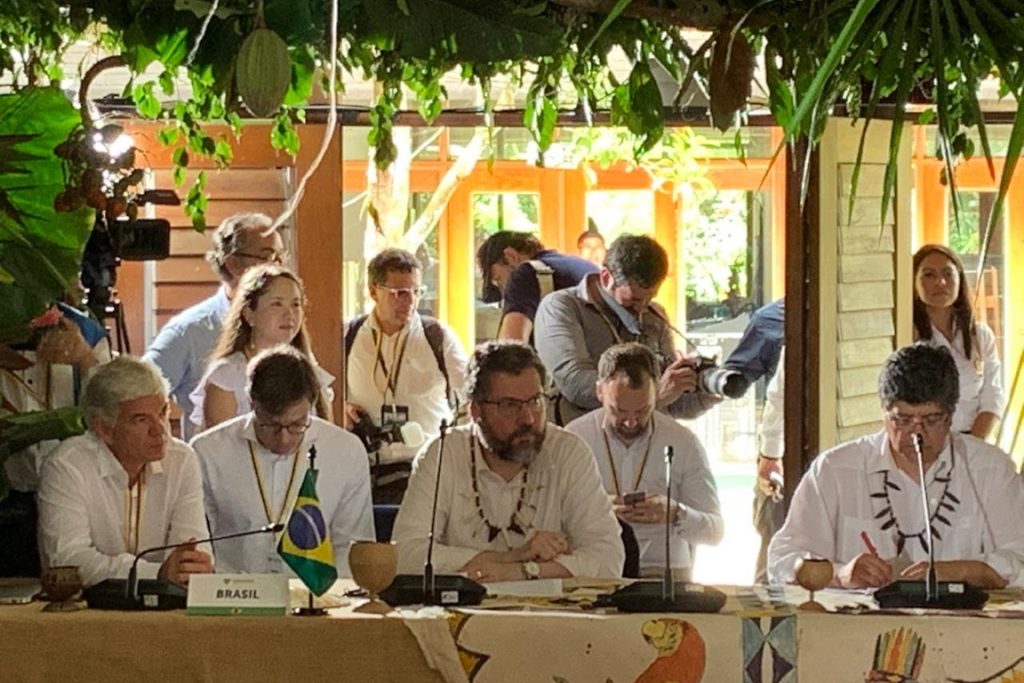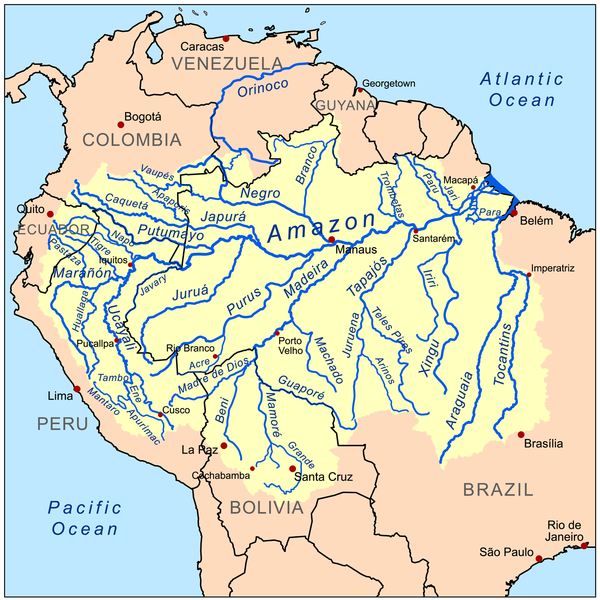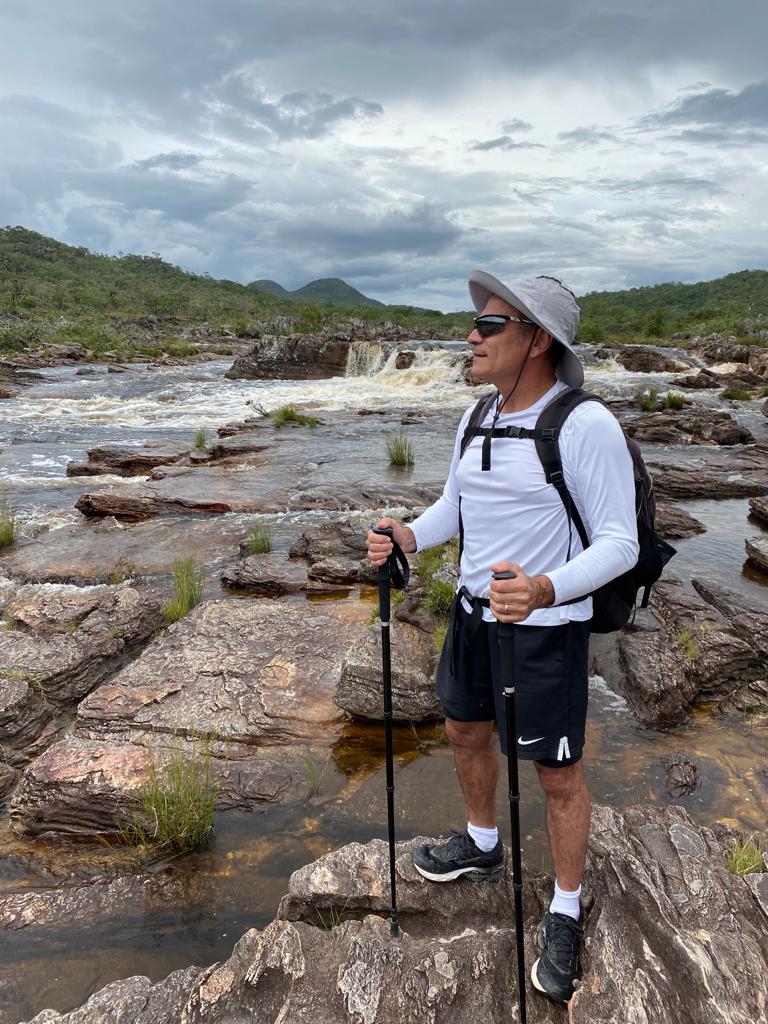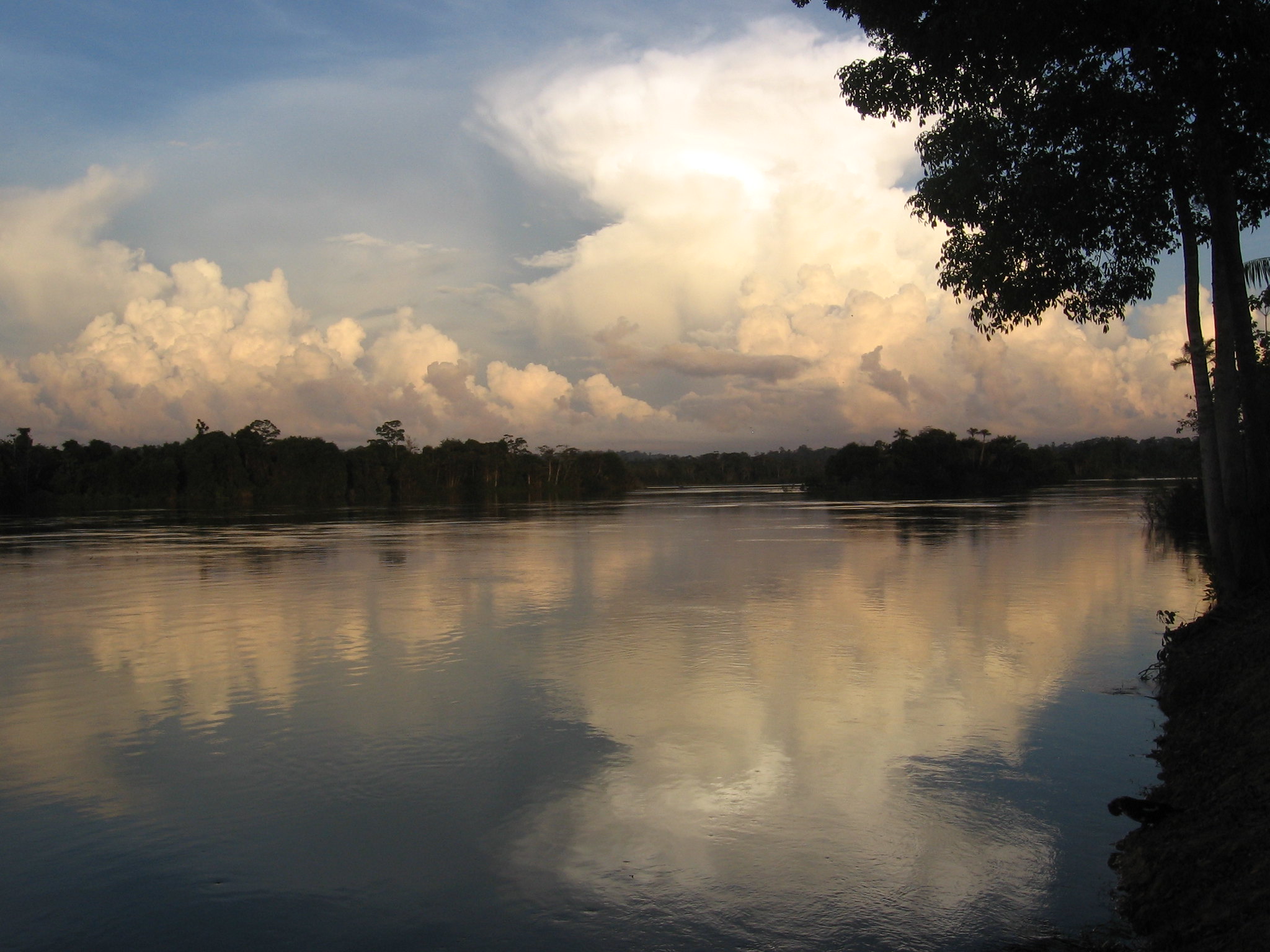After more than 25 years working to protect rainforests and now as the Amazon Program Director in International Rivers, I’m well acquainted with the Amazon Rainforest. And yet I can’t help being blown away by its beauty and richness. One of the most social and biodiverse places in the world, the Amazon Rainforest is home to over 1,5 million Indigenous people. It’s also the homeland of vital freshwater ecosystems: the mighty Amazon River, the colorful Black River and the rocky Marañon are some examples.
Despite its globally recognized importance as a crucial biome to curb global warming, the Amazon Rainforest is facing an environmental and human crisis. In the last year, deforestation in the Brazilian Amazon topped 11,000 square kilometers for the first time since 2008. Hydropower dams are menacing rivers and riverines communities. Illegal mining, deforestation and wildfires are increasing especially in countries with loose legislature and frail democracies.
Throughout history, countries tried to foster – and failed – the sustainable development of the Amazon Rainforest with cooperative pacts like the Amazon Cooperation Treaty, signed in 1978 by Bolivia, Brazil, Colombia, Ecuador, Guyana, Peru, Suriname, and Venezuela. In a more recent agreement, the same countries minus Venezuela signed the Leticia Pact, in an event held in 2019 in Leticia, Colombia.

But what does the Leticia Pact mean to the Amazon Rainforest? By expanding regional cooperation, the agreement obliges its signatories to strengthen coordinated actions to curb deforestation. With promises of exchanging data and mutual monitoring, the agreement sets forward 16 ambitious goals, but not so many courses of action to achieve them. Without concrete measures, the Leticia Pact is just a vague declaration of intentions.
That’s the consensus formed at the workshop The Leticia Pact and Financial Initiatives in Amazon Basin. Held in August by DAR (Environmental Law and Natural Resources), and with the participation of 50 representatives of civil society organizations*, the workshop aimed to determine how the Leticia Pact can be converted into a real asset to the territory. I was one of the key speakers, along with other river defenders, indigenous leaders and environmental activists.
A lack of clarity and small indigenous people’s participation undermines Leticia Pact intentions.
When the Leticia Pact was signed, its representatives pointed out the need for financial resources to ensure its implementation, although not specifying an estimate of needs. In March 2021, the Inter-American Development Bank (IDB) launched the Amazon Sustainable Development and Bioeconomy Fund, backed by $20 million in “seed capital” that could be invested in the bioeconomy and sustainable development.
It remains unclear whether IDB funding will help the Leticia Pact What is clear is the lack of clarity and civil society participation – especially Amazon communities – in both projects. “The questioning for IDB fundings also applies to the Leticia Pact: there’s a lack of traditional communities and environmental defenders participation and also a lack of clarity in the meetings and its agreements. For example, the bioeconomy initiatives planned didn’t include indigenous peoples’ expertise, and they’re the guardians of the forests!”, warned Denisse Linares, Amazon Program specialist in DAR.
Coordinator of Indigenous Organizations of the Amazon Basin (COICA) Adolfo Chavez, who is also a Tanaka Indigenous group leader, was incisive in his declaration:
“There has been no consideration for indigenous people when implementing actions to achieve environmental justice. If the State doesn’t consider indigenous people, the State could not rule itself. There’s a hole between agreements and their execution to protect nature. For example: Since indigenous people know their lands, forests and rivers, they should be seen as allies to the State in curbing deforestation or stopping wildfires.”

Indigenous people and organizations working with them hold the key to creating a development model aligned with river protection, rights of nature and human rights. Take, for instance, the incredible work led by FOSPA (Social Forum Panamazonic) and its efforts to defend rivers; or the Brazilian Xingu Alive Forever Movement that provides legal and labor assistance to dam affected communities.

There are several lessons to be learned from Indigenous groups and their very tangible work in protecting the Amazon Rainforest. Decision makers, world leaders and banks need to open their eyes and ears to ancient and sustainable technologies developed in the rainforest.
As an outcome of the workshop, International Rivers and other organizations have recommendations to make the Pact of Leticia a real asset to Amazon Rainforest and its communities.
– Guarantee Indigenous people and civil society participation when developing policies for the Amazon Rainforest, with a focus on the real struggles of local communities.
– Ensure the right to free, prior and informed consultation to Indigenous and other traditional communities.
– Development of strategic goals focused on intercultural and territorial policies.
– Incorporation of the Escazú Agreement when dealing with conflicts affecting Indigenous people and its defenders.
– Amplify the participation of Indigenous people in future Inter-American Development Bank (IDB) fundings.
– Develop concrete strategies to stop deforestation in the Amazon Rainforest.
– Encourage the use of data projects like MapBiomas to prevent and detect deforestation and other menaces on the territory.
– Encourage transparency about any investments in the Amazon Rainforest.
– Align the Leticia Pact with international regulatory frameworks such as ILO 169.
– Ensure the creation and amplification of Conservation Units and demarcation of Indigenous lands, as well as public policies that grant the permanent protection of rivers.
– Recognize Indigenous knowledge and demands when implementing bioeconomy projects.
You can watch the full workshop on DAR’s page. There you can also download a summary about Leticia Pact (in Spanish).
Flávio Montiel, Amazon Program Director at International Rivers – Brazil
*Organizations present on the workshop:
Coordinator of Indigenous Organizations of the Amazon Basin (COICA)
Coordinator for the Indigenous Peoples of San Lorenzo (CORPI SL)
International Rivers (IR)
GT Infrastructure
Regional Coalition for Transparency and Participation
Conectas Human Rights
Environment and Society Association (AAS)
Center for Studies in Work and Agrarian Development (CEDLA)
CHIRAPAQ Centre for Indigenous Cultures of Peru
Coalition for Human Rights in Development
Proética (Peru)
Confederation of Indigenous Nationalities of the Ecuadorian Amazon
National Organization for Indigenous People from Amazon Colombia (OPIAC-Colombia)
Humedales Foundation (Colombia)
The Native Federation of the Madre de Dios River and Tributaries (Fenamad-Perú)

